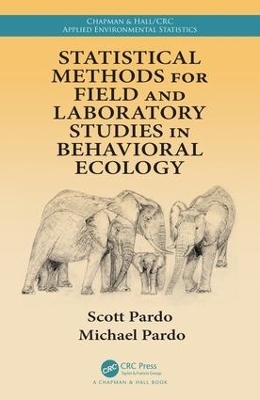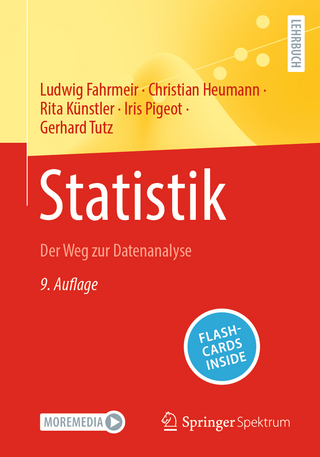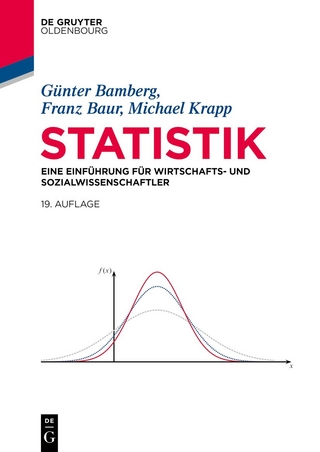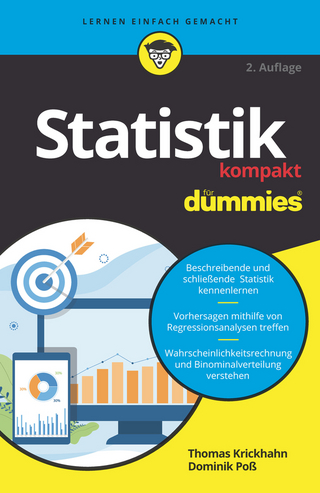
Statistical Methods for Field and Laboratory Studies in Behavioral Ecology
Seiten
2018
CRC Press (Verlag)
978-1-138-74336-6 (ISBN)
CRC Press (Verlag)
978-1-138-74336-6 (ISBN)
Statistical methods are ubiquitous in behavioural ecology research. This text will provide some elementary material, with enough theory so that the reader will be able to understand the uses, advantages, and limitations of those methods as they apply to studying animal behaviour in the wild.
Statistical Methods for Field and Laboratory Studies in Behavioral Ecology focuses on how statistical methods may be used to make sense of behavioral ecology and other data. It presents fundamental concepts in statistical inference and intermediate topics such as multiple least squares regression and ANOVA. The objective is to teach students to recognize situations where various statistical methods should be used, understand the strengths and limitations of the methods, and to show how they are implemented in R code. Examples are based on research described in the literature of behavioral ecology, with data sets and analysis code provided.
Features:
This intermediate to advanced statistical methods text was written with the behavioral ecologist in mind
Computer programs are provided, written in the R language.
Datasets are also provided, mostly based, at least to some degree, on real studies.
Methods and ideas discussed include multiple regression and ANOVA, logistic and Poisson regression, machine learning and model identification, time-to-event modeling, time series and stochastic modeling, game-theoretic modeling, multivariate methods, study design/sample size, and what to do when things go wrong.
It is assumed that the reader has already had exposure to statistics through a first introductory course at least, and also has sufficient knowledge of R. However, some introductory material is included to aid the less initiated reader.
Scott Pardo, Ph.D., is an accredited professional statistician (PStat®) by the American Statistical Association. Michael Pardo is a Ph.D. is a candidate in behavioral ecology at Cornell University, specializing in animal communication and social behavior.
Statistical Methods for Field and Laboratory Studies in Behavioral Ecology focuses on how statistical methods may be used to make sense of behavioral ecology and other data. It presents fundamental concepts in statistical inference and intermediate topics such as multiple least squares regression and ANOVA. The objective is to teach students to recognize situations where various statistical methods should be used, understand the strengths and limitations of the methods, and to show how they are implemented in R code. Examples are based on research described in the literature of behavioral ecology, with data sets and analysis code provided.
Features:
This intermediate to advanced statistical methods text was written with the behavioral ecologist in mind
Computer programs are provided, written in the R language.
Datasets are also provided, mostly based, at least to some degree, on real studies.
Methods and ideas discussed include multiple regression and ANOVA, logistic and Poisson regression, machine learning and model identification, time-to-event modeling, time series and stochastic modeling, game-theoretic modeling, multivariate methods, study design/sample size, and what to do when things go wrong.
It is assumed that the reader has already had exposure to statistics through a first introductory course at least, and also has sufficient knowledge of R. However, some introductory material is included to aid the less initiated reader.
Scott Pardo, Ph.D., is an accredited professional statistician (PStat®) by the American Statistical Association. Michael Pardo is a Ph.D. is a candidate in behavioral ecology at Cornell University, specializing in animal communication and social behavior.
Scott Pardo, Michael Pardo
Preface. Statistical Foundations. Binary Results – Single Samples and 2 x 2 Tables. Continuous Variables – One and Two Samples. The Linear Model – Continuous Regressor Variables. The Linear Model – Discrete Regressor Variables. The Linear Model – Random Effects and Mixed Models. Polytomous Discrete Variables – R x C Contingency Tables. The Generalized Linear Model – Logistic Regression. Multivariate Continuous Variables – Dimension Reduction. Multivariate Continuous Variables – Grouping and Discrimination. Bayesian and Frequentist Philosophies. Decision and Game Theory – Bayesian and Non-Bayesian. Some Notes on Sample Size Estimation.
| Erscheinungsdatum | 14.04.2018 |
|---|---|
| Reihe/Serie | Chapman & Hall/CRC Applied Environmental Statistics |
| Zusatzinfo | 30 Tables, black and white |
| Verlagsort | London |
| Sprache | englisch |
| Maße | 156 x 234 mm |
| Gewicht | 1250 g |
| Themenwelt | Mathematik / Informatik ► Mathematik ► Statistik |
| Naturwissenschaften ► Biologie ► Zoologie | |
| Technik ► Umwelttechnik / Biotechnologie | |
| ISBN-10 | 1-138-74336-4 / 1138743364 |
| ISBN-13 | 978-1-138-74336-6 / 9781138743366 |
| Zustand | Neuware |
| Informationen gemäß Produktsicherheitsverordnung (GPSR) | |
| Haben Sie eine Frage zum Produkt? |
Mehr entdecken
aus dem Bereich
aus dem Bereich
Eine Einführung für Wirtschafts- und Sozialwissenschaftler
Buch | Softcover (2022)
De Gruyter Oldenbourg (Verlag)
29,95 €


